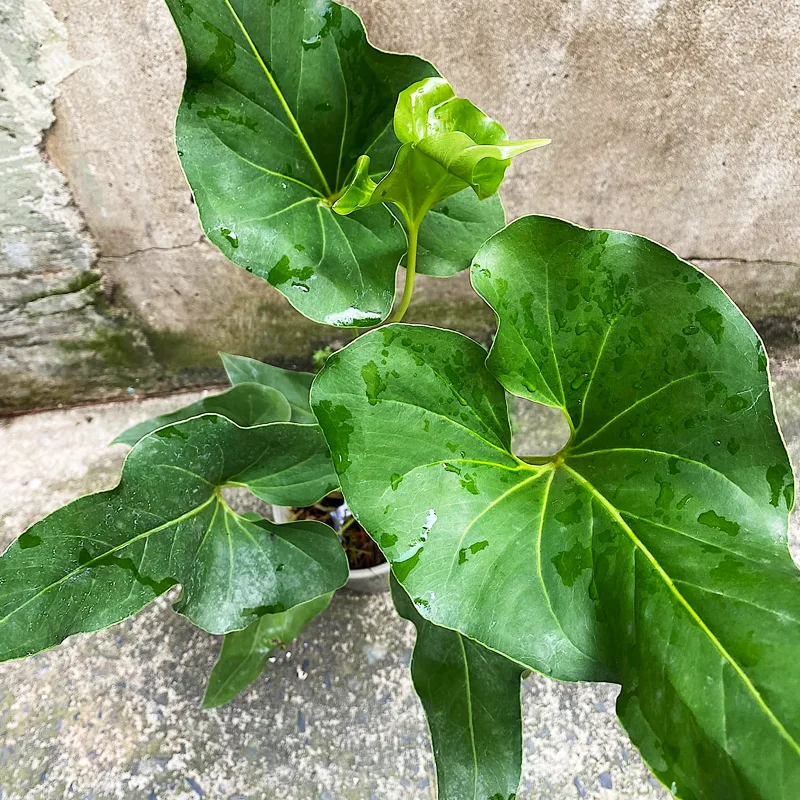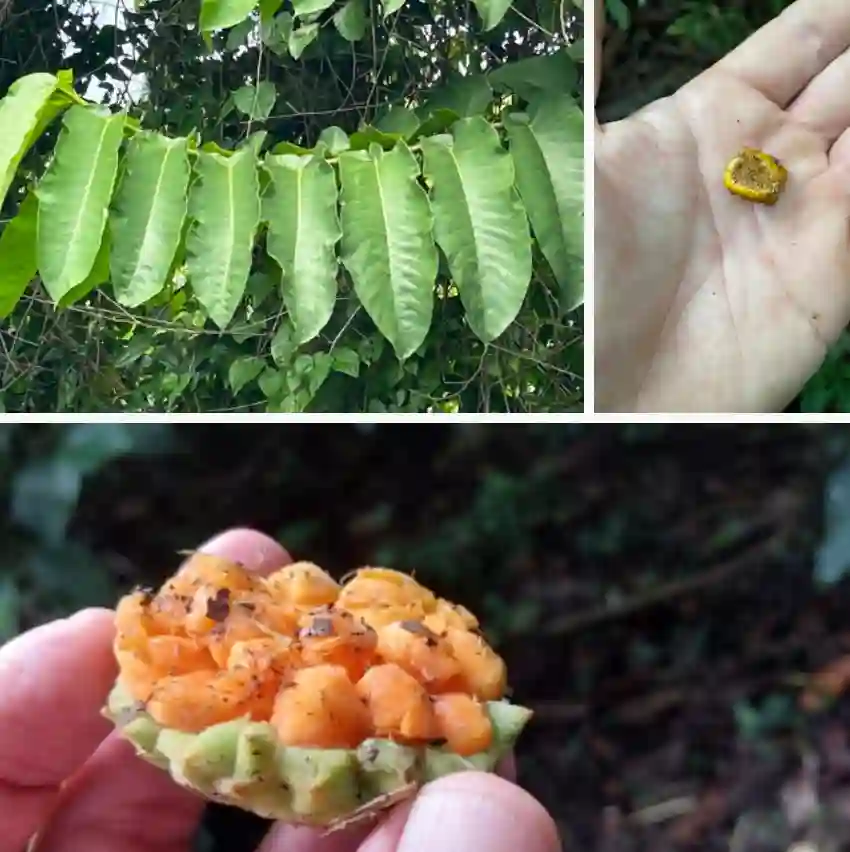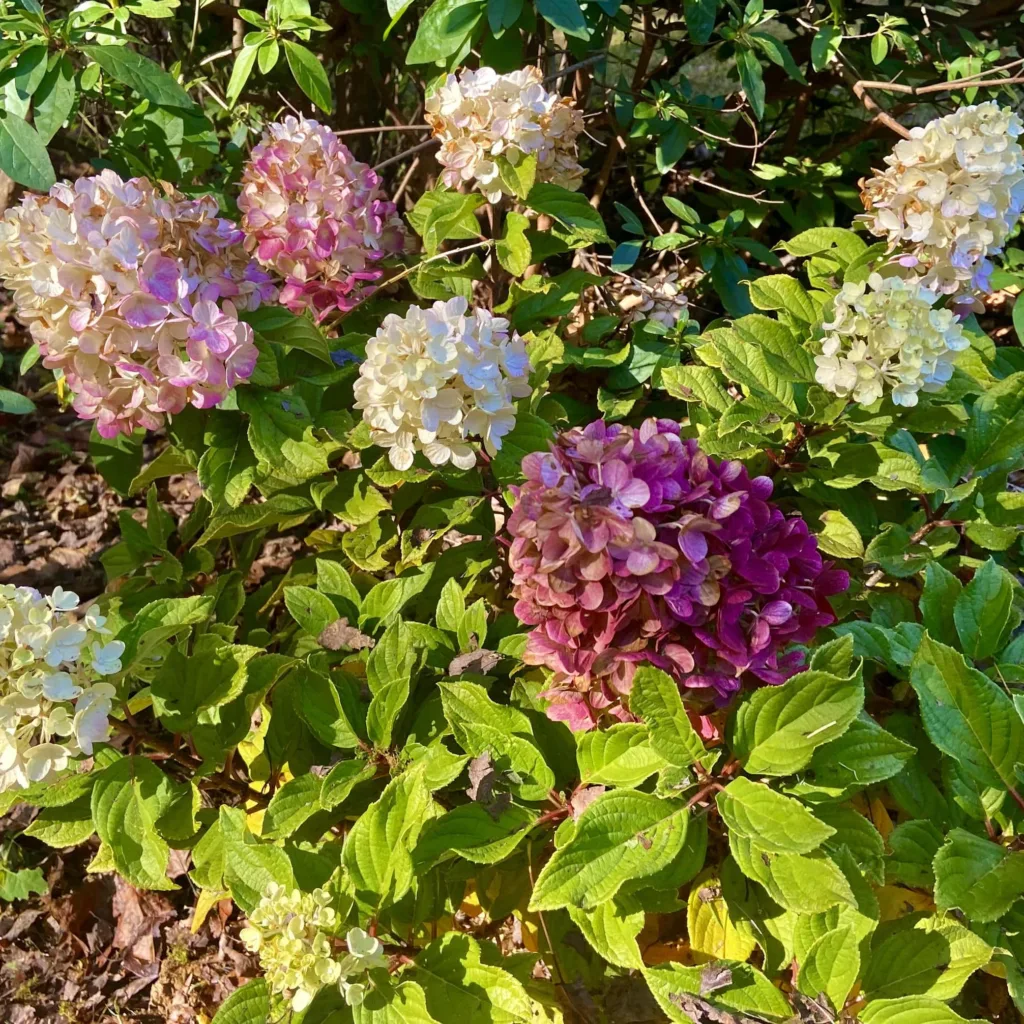Cycas: A Journey Through Time with Ferb Vu
The first time I encountered a Cycas, I was captivated. It wasn’t its vibrant colors or fragrant blooms that drew me in, but rather its ancient, almost prehistoric presence. Resembling a cross between a palm tree and a fern, Cycas plants have a unique beauty that speaks of resilience and survival across millennia. Since that first encounter, I’ve been fascinated by these botanical wonders, and I’d like to share my journey of discovery with you.
Unraveling the Ancient Lineage of Cycas
Cycas is a genus of gymnosperms, belonging to the family Cycadaceae. Imagine plants that witnessed the rise and fall of dinosaurs! Cycads, often referred to as “living fossils,” have existed for over 280 million years. The genus Cycas, in particular, holds a special place in this ancient lineage, representing the sole member of its family. This uniqueness adds another layer of intrigue to these already fascinating plants.
What truly sets Cycas apart is its crown of stiff, evergreen leaves that radiate from a central trunk. These leaves, often feathery or palm-like in appearance, give Cycas its characteristic look. Whether it’s the towering Cycas rumphii, reaching heights of over 12 meters, or the more compact Cycas revoluta, commonly known as the Sago Palm, each species possesses a distinct charm.
A Diverse Family Tree: Cycas Species
The Cycas genus boasts a remarkable diversity, with over 100 recognized species scattered across the globe. From the tropical rainforests of Southeast Asia to the arid landscapes of Australia, these plants have adapted to a wide range of environments. Here are:
- Cycas aculeata K.D.Hill & H.T.Nguyen
- Cycas aenigma K.D.Hill & A.Lindstr.
- Cycas angulata R.Br.
- Cycas annaikalensis Rita Singh & P.Radha
- Cycas apoa K.D.Hill
- Cycas arenicola K.D.Hill
- Cycas armstrongii Miq.
- Cycas arnhemica K.D.Hill
- Cycas badensis K.D.Hill
- Cycas balansae Warb.
- Cycas basaltica C.A.Gardner
- Cycas beddomei Dyer
- Cycas bifida (Dyer) K.D.Hill
- Cycas bougainvilleana K.D.Hill
- Cycas brachycantha K.D.Hill, H.T.Nguyen & P.K.Lôc
- Cycas brunnea K.D.Hill
- Cycas cairnsiana F.Muell.
- Cycas calcicola Maconochie
- Cycas campestris K.D.Hill
- Cycas canalis K.D.Hill
- Cycas candida K.D.Hill
- Cycas cantafolia Jutta, K.L.Chew & Saw
- Cycas chamaoensis K.D.Hill
- Cycas changjiangensis N.Liu
- Cycas chenii X.Gong & Wei Zhou
- Cycas chevalieri Leandri
- Cycas circinalis L.
- Cycas clivicola K.D.Hill
- Cycas collina K.D.Hill, H.T.Nguyen & P.K.Lôc
- Cycas condaoensis K.D.Hill & S.L.Yang
- Cycas conferta Chirgwin
- Cycas couttsiana K.D.Hill
- Cycas cupida P.I.Forst.
- Cycas curranii (J.Schust.) K.D.Hill
- Cycas darshii R.C.Srivast. & Jana
- Cycas debaoensis Y.C.Zhong & C.J.Chen
- Cycas desolata P.I.Forst.
- Cycas dharmrajii L.J.Singh
- Cycas diannanensis Z.T.Guan & G.D.Tao
- Cycas distans P.I.Forst. & B.Gray
- Cycas divyadarshanii Khuraijam & Rita Singh
- Cycas dolichophylla K.D.Hill, H.T.Nguyen & P.K.Lôc
- Cycas edentata de Laub.
- Cycas elephantipes A.Lindstr. & K.D.Hill
- Cycas elongata (Leandri) D.Y.Wang
- Cycas falcata K.D.Hill
- Cycas ferruginea F.N.Wei
- Cycas flabellata Agoo, Madulid & J.R.Callado
- Cycas fugax K.D.Hill, H.T.Nguyen & P.K.Lôc
- Cycas furfuracea W.Fitzg.
- Cycas glauca Miq.
- Cycas guizhouensis K.M.Lan & R.F.Zou
- Cycas hoabinhensis L.K.Phan & H.T.Nguyen
- Cycas hongheensis S.Y.Yang & S.L.Yang
- Cycas indica A.Lindstr. & K.D.Hill
- Cycas inermis Lour.
- Cycas javana (Miq.) de Laub.
- Cycas lacrimans A.Lindstr. & K.D.Hill
- Cycas lane-poolei C.A.Gardner
- Cycas laotica T.H.Nguyên & K.S.Nguyen
- Cycas lindstromii S.L.Yang, K.D.Hill & Hiep
- Cycas × longipetiolula D.Y.Wang
- Cycas maconochiei Chirgwin & K.D.Hill
- Cycas macrocarpa Griff.
- Cycas media R.Br.
- Cycas megacarpa K.D.Hill
- Cycas micholitzii Dyer
- Cycas micronesica K.D.Hill
- Cycas mindanaensis Agoo, Madulid & J.R.Callado
- Cycas montana A.Lindstr. & K.D.Hill
- Cycas × multifrondis D.Y.Wang
- Cycas multipinnata C.J.Chen & S.Y.Yang
- Cycas nathorstii J.Schust.
- Cycas nayagarhensis Rita Singh, P.Radha & Khuraijam
- Cycas nitida K.D.Hill & A.Lindstr.
- Cycas nongnoochiae K.D.Hill
- Cycas ophiolitica K.D.Hill
- Cycas orientis K.D.Hill
- Cycas orixensis (Haines) Rita Singh & Khuraijam
- Cycas pachypoda K.D.Hill
- Cycas panzhihuaensis L.Zhou & S.Y.Yang
- Cycas papuana F.Muell.
- Cycas pectinata Buch.-Ham.
- Cycas petraea A.Lindstr. & K.D.Hill
- Cycas platyphylla K.D.Hill
- Cycas pranburiensis S.L.Yang, W.Tang, K.D.Hill & P.Vatcharakorn
- Cycas pruinosa Maconochie
- Cycas pschannae R.C.Srivast. & L.J.Singh
- Cycas revoluta Thunb.
- Cycas riuminiana M.Porte ex Regel
- Cycas rumphii Miq.
- Cycas sancti-lasallei Agoo & Madulid
- Cycas saxatilis K.D.Hill & A.Lindstr.
- Cycas schumanniana Lauterb.
- Cycas scratchleyana F.Muell.
- Cycas seemannii A.Braun
- Cycas segmentifida D.Y.Wang & C.Y.Deng
- Cycas semota K.D.Hill
- Cycas seshachalamensis P.V.C.Rao, N.V.S.Prasad, P.M.Babu, K.Prassad & Prasanna
- Cycas sexseminifera F.N.Wei
- Cycas siamensis Miq.
- Cycas silvestris K.D.Hill
- Cycas simplicipinna (Smitinand) K.D.Hill
- Cycas sphaerica Roxb.
- Cycas sundaica Miq. ex A.Lindstr. & K.D.Hill
- Cycas szechuanensis W.C.Cheng & L.K.Fu
- Cycas taiwaniana Carruth.
- Cycas tanqingii D.Y.Wang
- Cycas tansachana K.D.Hill & S.L.Yang
- Cycas terryana P.I.Forst.
- Cycas thouarsii R.Br.
- Cycas tropophylla K.D.Hill & P.K.Lôc
- Cycas tuckeri K.D.Hill
- Cycas vespertilio A.Lindstr. & K.D.Hill
- Cycas wadei Merr.
- Cycas xipholepis K.D.Hill
- Cycas yorkiana K.D.Hill
- Cycas zambalensis Madulid & Agoo
- Cycas zeylanica (J.Schust.) A.Lindstr. & K.D.Hill
The Significance of Cycas
Beyond their aesthetic appeal, Cycas plants hold cultural and ecological significance. In many cultures, Cycas leaves are used in religious ceremonies and festivals. The Sago Palm, for instance, is often used to create decorative “palms” for Palm Sunday processions.
From an ecological perspective, Cycas plants play a vital role in their respective ecosystems. They provide habitat and food for various animals, including insects, birds, and mammals. Moreover, some Cycas species have formed specialized relationships with nitrogen-fixing cyanobacteria that live in their roots. This symbiotic relationship allows them to thrive in nutrient-poor soils.
Conservation Challenges and the Future of Cycas
Despite their resilience, many Cycas species are facing threats due to habitat loss, over-collection, and climate change. The slow growth and reproduction rates of these plants make them particularly vulnerable to these pressures.
Conservation efforts are crucial to ensure the survival of these ancient plants. Botanical gardens and research institutions are playing a vital role in ex-situ conservation, cultivating and studying Cycas species to safeguard their genetic diversity. Furthermore, raising awareness about the importance of Cycas conservation is essential to protect these living fossils in their natural habitats.
As I continue to explore the world of Cycas, I am constantly amazed by their beauty, resilience, and ecological importance. These plants serve as a reminder of the deep connection between humans and the natural world, and they inspire me to appreciate the intricate web of life that surrounds us. I hope that by sharing my passion for Cycas, I can encourage others to join the effort to protect these ancient wonders for generations to come.




